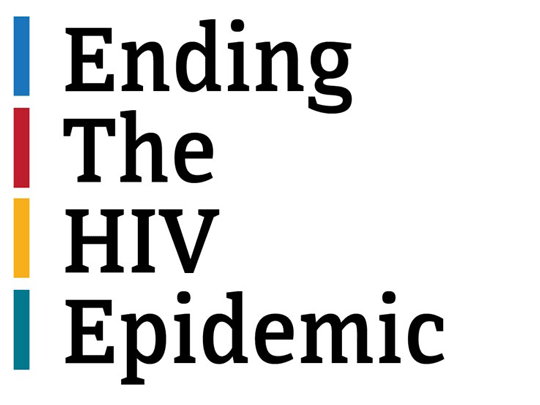Frequently Asked Questions
The following questions we commonly receive from patients, whether you’re seeking clarity on transmission, testing, treatment options, or living with HIV, we’re here to offer accurate and up-to-date guidance. Our goal is to empower individuals with knowledge, promote understanding, and foster a supportive environment for those affected by HIV.
HIV is transmitted through certain body fluids, including blood, semen, vaginal fluids, rectal fluids, and breast milk. The most common modes of transmission include unprotected sexual intercourse, sharing needles or syringes with an infected person, and from mother to child during childbirth or breastfeeding.
No, HIV is not transmitted through casual contact such as kissing, hugging, shaking hands, sharing food or drinks, or using the same toilet seat. HIV is primarily spread through specific body fluids as mentioned above.
Many people infected with HIV do not experience any symptoms for years. When symptoms do occur, they may include fever, fatigue, swollen lymph nodes, sore throat, rash, muscle aches, and night sweats. These symptoms can resemble those of other illnesses, so the only way to know for sure if you have HIV is to get tested.
PrEP is recommended for individuals who are at high risk of HIV infection. This includes people in serodiscordant relationships (where one partner is HIV-positive and the other is HIV-negative), individuals who engage in condomless sex with multiple partners, people who inject drugs, and others at increased risk.
Many insurance plans cover the cost of PrEP, but coverage can vary depending on your specific plan and location. There are also assistance programs available for those who are uninsured or underinsured to help cover the cost of PrEP.
Yes, HIV/AIDS remains a significant global health challenge, particularly in regions with limited access to healthcare and prevention resources. While progress has been made in terms of treatment and prevention, there is still much work to be done to achieve the goal of ending the HIV/AIDS epidemic.
There are numerous resources available for information and support about HIV, including healthcare providers, community-based organizations, HIV/AIDS hotlines, and online resources such as the websites of the Centers for Disease Control and Prevention (CDC) and the World Health Organization (WHO). Our blog and resources page also offers additional support and information.
What is your part?
Get in touch with us today and let’s end the HIV epidemic in North Texas together!
Our Affiliations
Health Services of North Texas (HSNT) is recognized as a member of the CDC’s National Prevention Information Network (NPIN). See our affiliation notices with the CDC here:


